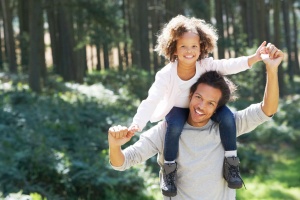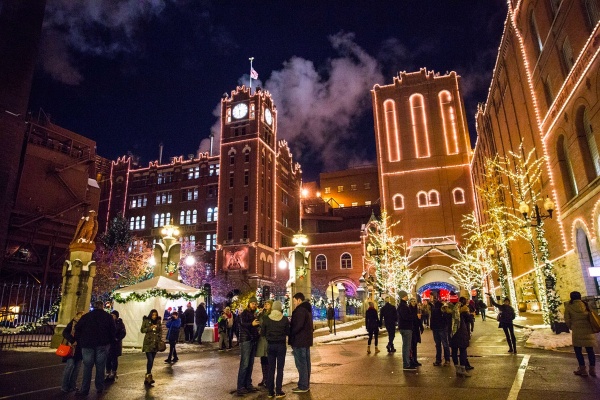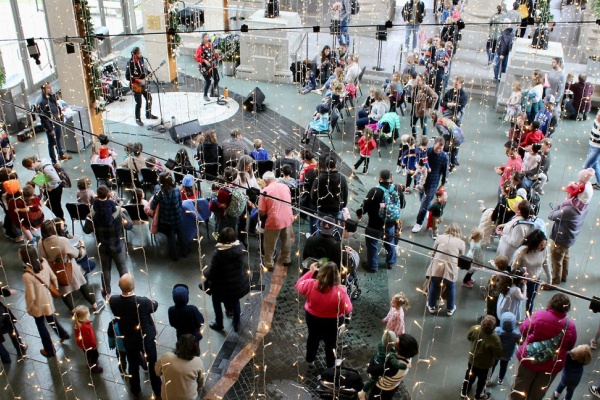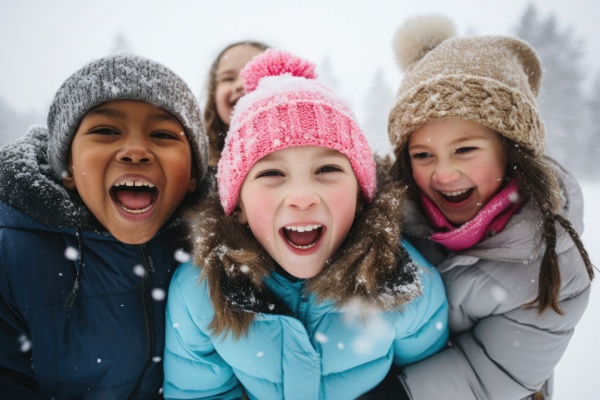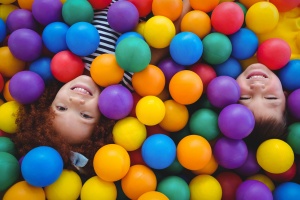
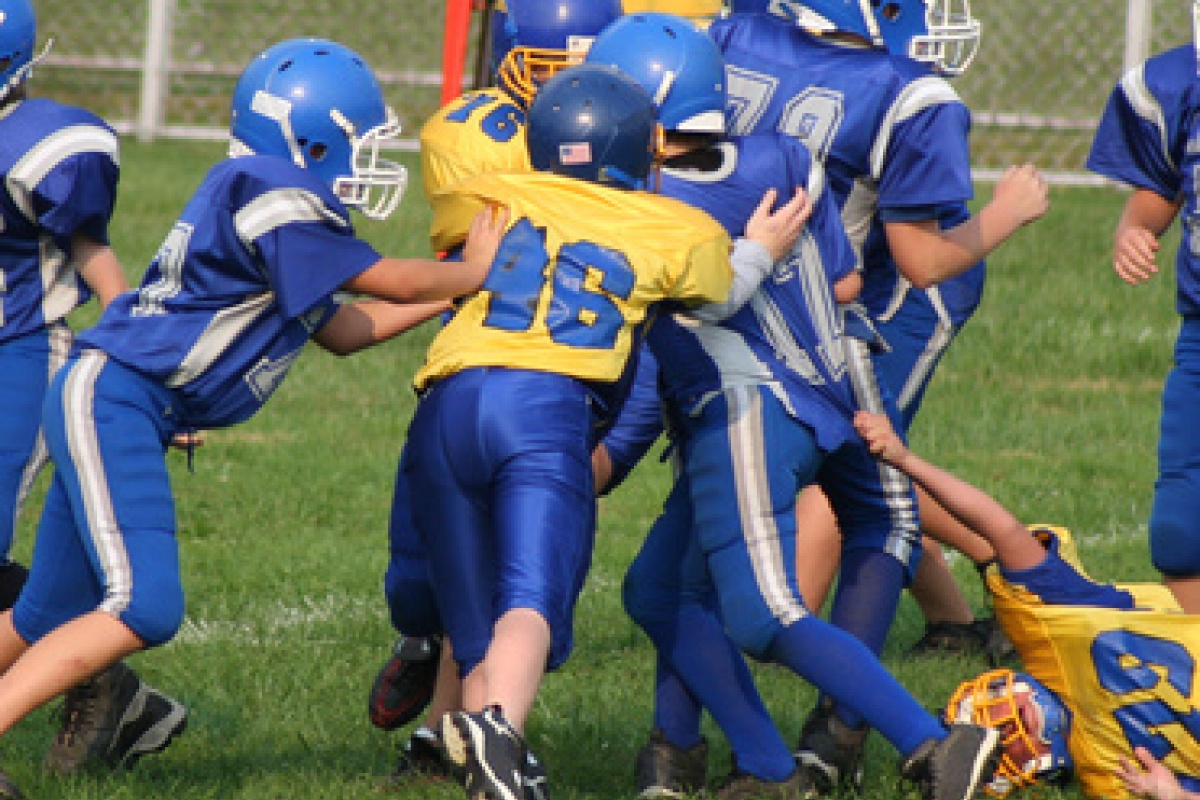
You Are What You Drink
Gatorade is a thing of the past for my 10-year-old hockey player. At the first team meeting in September, his coach challenged the kids to nix sports drinks. In their place, he extolled water for hydration and praised chocolate milk’s nutritional merits. And all the while, he kept his eyes averted from the front row, where one of his skaters sat sipping a Mountain Dew at 9 a.m.
It got me wondering: How many coaches are taking a stand against the sports-drink marketing steamroller?
As consumers, we still spend more than $29 billion on soda every year, but the pace of growth is flat. The more we parents learn about empty calories’ contribution to diabetes, obesity and other health woes like tooth decay (sometimes nicknamed Mountain Dew Mouth), the more we shy away.
Lately sports and energy drinks are coming under similar scrutiny, even as popularity rises — sales of energy drinks were up by 14 percent from 2011 to 2012, to about $275 million. This has the potential to be bad news for young athletes.
For one thing, most of them don’t exercise hard enough or long enough to need the extra boost of electrolytes (sodium and potassium) or carbohydrates (sugar) in sports drinks. But there’s also the caffeine issue.
I can’t pretend I don’t enjoy the occasional jolt of carbonated caffeine, but my tolerance is at the low end of the spectrum. When I down a 12-ounce Coke (35 milligrams of caffeine, according to a recent Eating Well article), I’m getting about six times less caffeine than if I were drinking a 16-ounce Monster (184 mg). A double shot of espresso (160 mg) sipped slowly in a dirty chai gives me the jitters; drinking the full 330 milligrams contained in some over-the-counter products would probably land me in the emergency room, which is where about 21,000 other adults ended up from over consumption of caffeine in 2011. Many of them, like me, were over age 40.
More worrisome still, especially for young athletes, is when classic sports drinks and modern energy drinks combine into a free-for-all of ingredients like taurine, carnitine, ginseng, ginko biboba and guarana. Producers often use proprietary blends of these extracts, herbs and amino acids, and they can hedge as much as they want on the label.
The only thing they’re required to list is the pure caffeine their drink contains — but guarana, for example, offers twice the caffeine of coffee, and this would not have to be listed.
Experts tend to agree that the occasional “classic” sports drink — like Powerade ION4 or GSeries Fit 02 Perform (the “lite” version of Gatorade) — is fine. Likewise, caffeine, in moderation, can be helpful for boosting concentration and improving exercise endurance. By “moderation,” they mean 1.5 milligrams per pound of body weight.
My shrimpy 10-year-old could theoretically benefit from a Red Bull (83 mg), but since it takes five to seven hours for caffeine to leave your system, the insomnia he’d experience wouldn’t be worth it. He’s be wide awake for hockey and groggy in school the next day.
To my surprise, the coach’s admonition to avoid sports drinks hit home. The package of 12-ounce bottles I bought before the season sits, untouched, in the pantry, but milk boxes are flying off the refrigerator shelves.
I wonder if he could be bribed to add a line about picking up dirty socks to his next pre-game talk …

Amy De La Hunt is a journalist and editor who lives in the St. Louis metro area and works across the country as a writer, copy editor, project manager and editorial consultant on everything from fiction books to monthly magazines to blog posts. When she's not chauffeuring her teenage sons to activities, Amy is an enthusiastic amateur cook, landscaper, Latin dancer and traveler. Follow Amy on Instagram @amy_in_words


